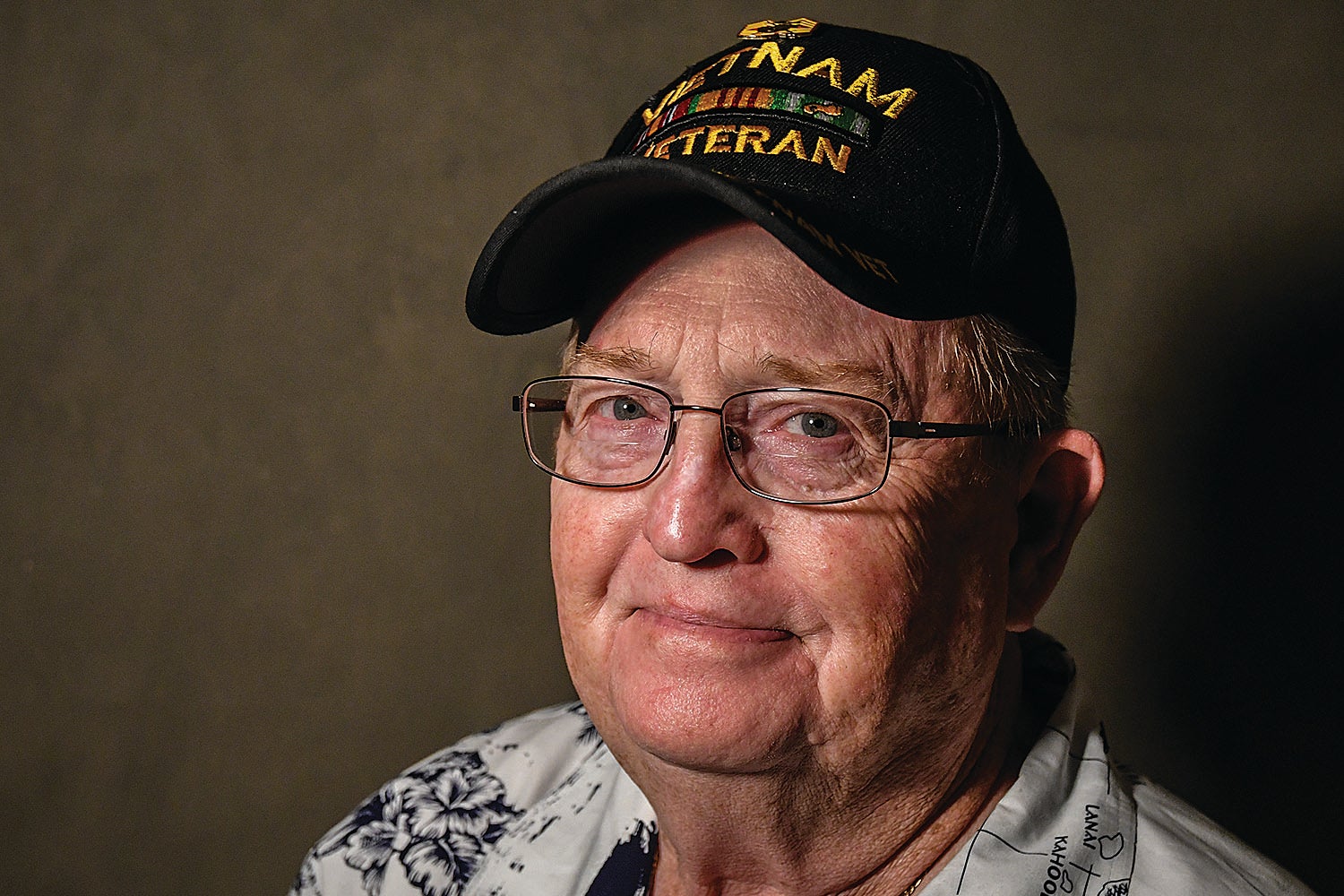Memorializing a dreadful part of our country’s past
Published 10:18 am Thursday, March 1, 2018
By Joanne Wilkinson
The Educational Program section of the Oxford Newcomers’ Club presents a talk each month on a variety of topics, and most recently the presentation was about the history of lynching in Lafayette County.
The talk entitled “Lynching Memorialization in Lafayette County” was presented by April Grayson, who grew up in the Delta and is currently a staff member of the William Winter Institute for Racial Reconciliation. The aim of the institute is to envision a world where people honestly engage in their history in order to live more truthfully in the present, where the inequalities of the past no longer dictate the possibilities of the future. To carry out this important work in relation to lynching, the William Winter Institute is collaborating with the Equal Justice Initiative based in Montgomery, Ala.
Lynching is a sad and painful part of American history, but it is one that needs to be discussed and not forgotten. Most victims of lynching were never publicly recognized. Efforts are being made by the Equal Justice Initiative to rectify that. Their aim is to bear witness to this history and the devastation these racial terror murders wrought upon individuals, families, communities and the nation as a whole.
Recognizing and honoring the victims of lynching
One way EJI does this is through The Community Remembrance Project, in which community members collect soil samples from the specific area where a lynching is known to have taken place. The soil is then placed in a glass jar with the person’s name, place of the lynching and date. The jars are exhibited in the museum called “From Enslavement to Mass Incarceration” located in Montgomery, Ala.
Very close to that museum, the National Memorial for Peace and Justice to honor the more than 4400 victims of racial terror and lynching is near completion and will open in April. The building will showcase 800 panels, one for each county in the United States where racial terror lynchings took place. The names of the lynching victims will be engraved on the panels.
Markers are also being erected at lynching sites across the country. In 2015 in Brighton, Ala., the first lynching marker was erected to commemorate the death of William Miller, who was lynched for organizing African-American coal miners in 1908. Since the first marker was erected, several more have been installed in Alabama, South Carolina and Georgia. EJI believes that publicly confronting the truth about our history is the first step towards recovery and reconciliation.
Seven people were lynched in Lafayette County
The Equal Justice Initiative has documented over 4000 terror lynchings of African Americans in 12 Southern states between the end of Reconstruction in 1877 up until the last documented case in 1950. Of this number, 654 of these men, women, and children were lynched in the state of Mississippi, and seven were lynched in Lafayette County. The lynching of African Americans during this era was a form of racial terrorism intended to intimidate black people and enforce racial hierarchy and segregation.
This is a list of the seven people who were lynched in Lafayette County:
Harris Tunstal, lynched on July 12, 1885 near the public square in Oxford.
Will McGregory, lynched on Nov. 13, 1890 in Lafayette County about 15 minutes from Water Valley.
Unknown, lynched on Sept. 2, 1891 in Oxford.
William Chandler, lynched on June 19, 1895 taken from the jail in Abbeville.
William Steen, lynched on July 30, 1893 in Paris, Mississippi.
Lawson Patton, lynched on Sept. 8, 1908 taken from the jail in Oxford.
Ellwood Higginbotham, lynched on Sept. 17, 1935 taken from the jail in Oxford.
Ellwood Higginbotham was a 28-year-old sharecropper who farmed land on Woodson Ridge, and was a leader of the sharecropper’s union. His white neighbor, Glen Roberts, tried to take some of his land, but Mr. Higginbotham stood his ground. Glen Roberts organized a group to storm Higginbotham’s home. As the group broke into and entered the home, Higginbotham shot and killed Glen Roberts in self-defense. Higginbotham was captured and put into jail in Jackson for his safety, but when it was time for his trial he was brought to Oxford. As the jury deliberated, it looked as if he might be acquitted so a large group of over 100 people broke into the jail and took him to what was then called Russell Road just north of the three-way stop on North Lamar. He was hanged and burned. No one was ever held accountable for his death. His family had no choice but to flee from Oxford.
This horrific story of injustice is the reason initiatives are now being made to honor and recognize the victims of these unthinkable acts. A trip to the new National Memorial for Peace and Justice in Montgomery, Ala., when it opens on April 26 would be a way to remember the victims of these brutal lynchings.
While in Montgomery, the museum, “From Enslavement to Mass Incarceration,” is only a short distance away and there you would see several exhibits including the community remembrance project featuring the glass jars containing soil from lynching sites.





